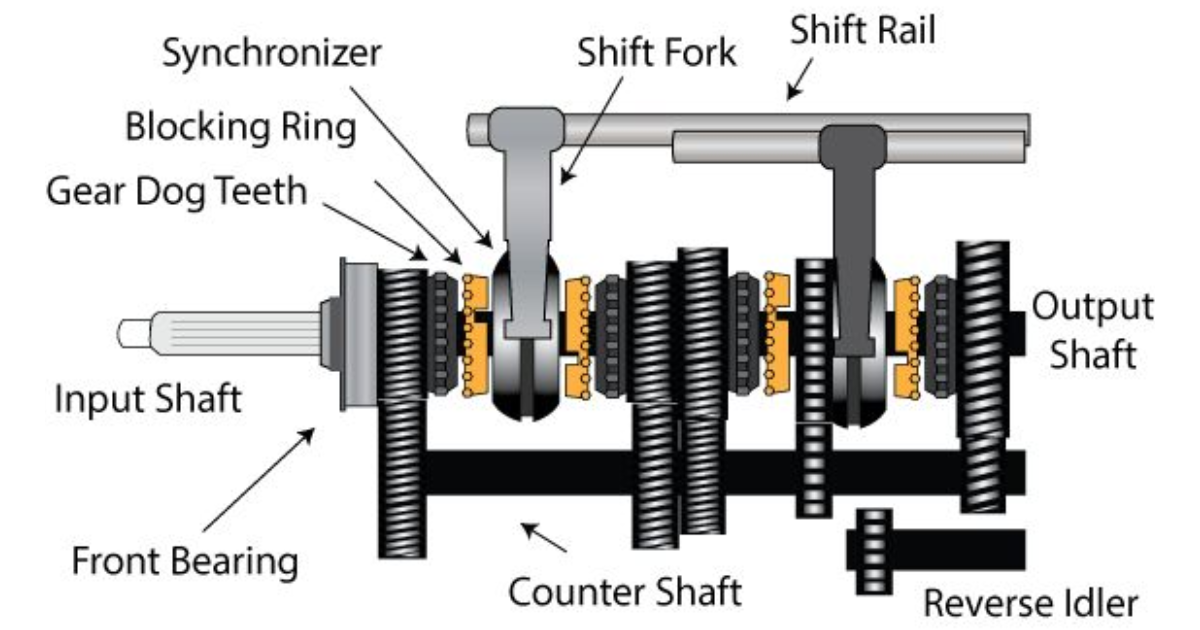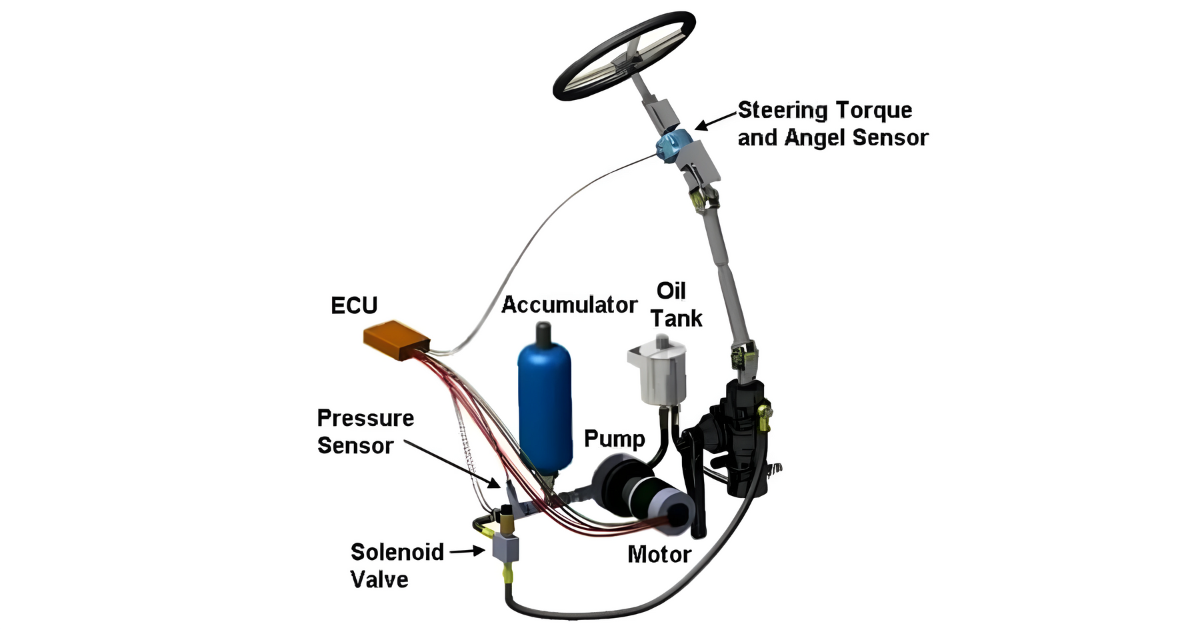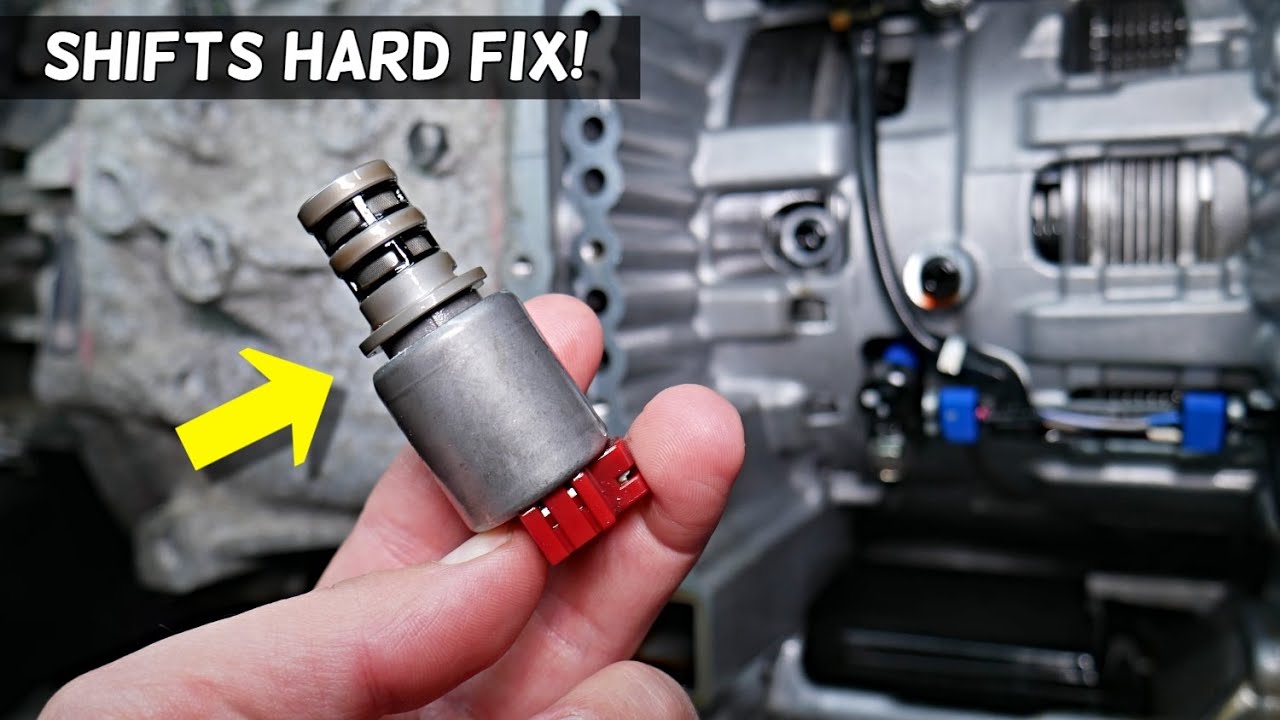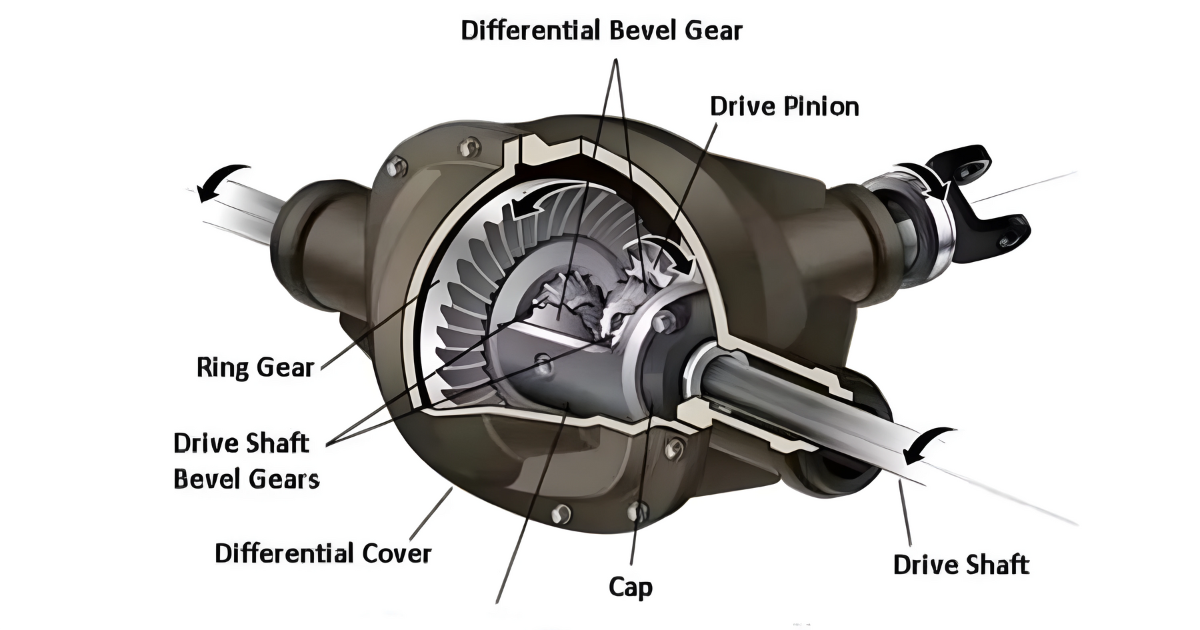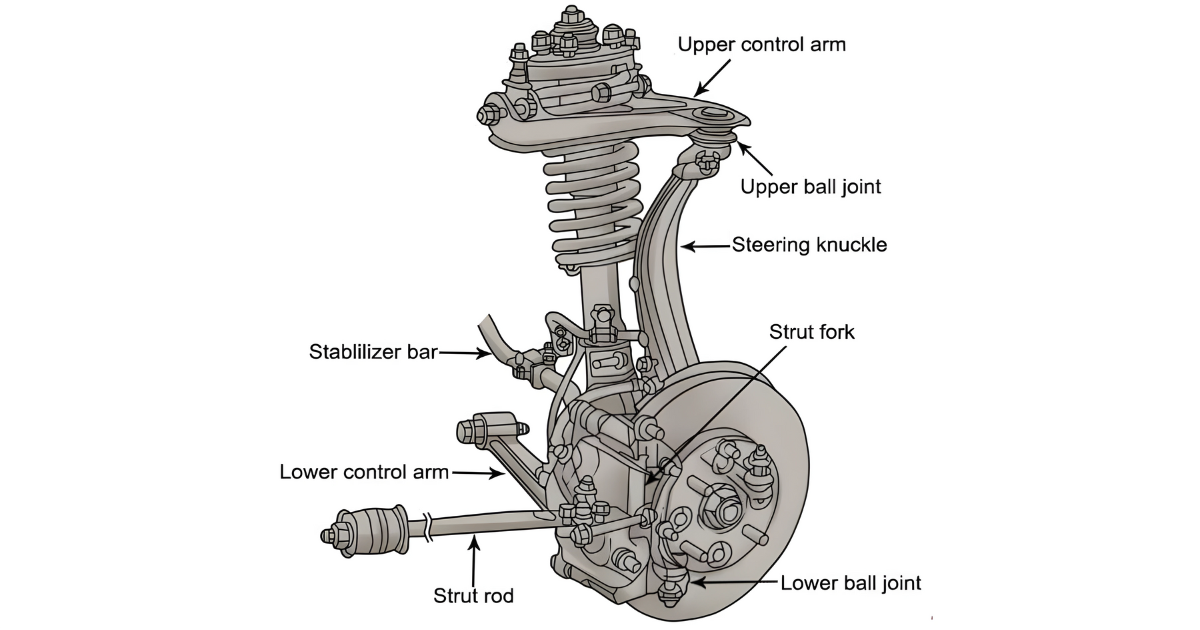The transmission system is a vital component of any vehicle, responsible for transferring power from the engine to the wheels. But with a variety of transmission types available, understanding which one is right for you can be daunting. This guide will delve into the details of manual, automatic, and continuously variable transmissions, exploring their unique characteristics, advantages, and drawbacks.
We’ll also shed light on emerging technologies like dual-clutch transmissions, offering a comprehensive overview of the automotive transmission landscape.
Ready to shift gears based on your understanding of transmissions? Buckle up and dive deeper into the fascinating world of these automotive marvels.
Manual Transmission

The manual transmission, often revered by driving enthusiasts, puts the driver in control of gear changes. This system employs a clutch pedal that disengages the engine from the gearbox, allowing the driver to manually shift gears using a gear stick. From first gear for starting to higher gears for speed, the manual transmission offers a direct and engaging connection between the driver and the vehicle.
Automatic Transmission
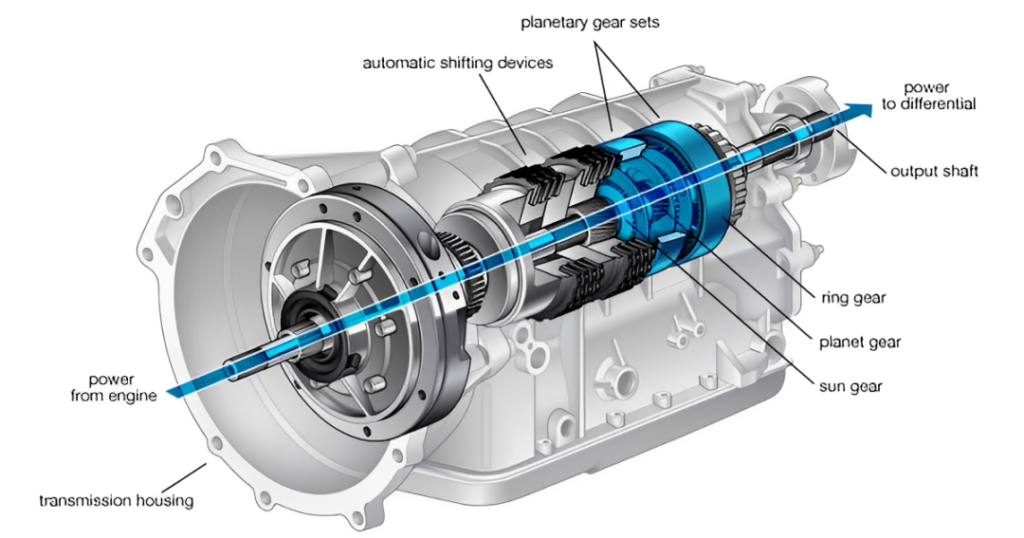
Automatic transmissions, in contrast, bring a touch of convenience to driving. With no need for manual gear shifting, the automatic transmission system uses a torque converter to manage the connection between the engine and the gearbox. The vehicle seamlessly transitions between gears based on speed and load, making it an ideal choice for those seeking a more relaxed and user-friendly driving experience.
Continuously Variable Transmission (CVT)
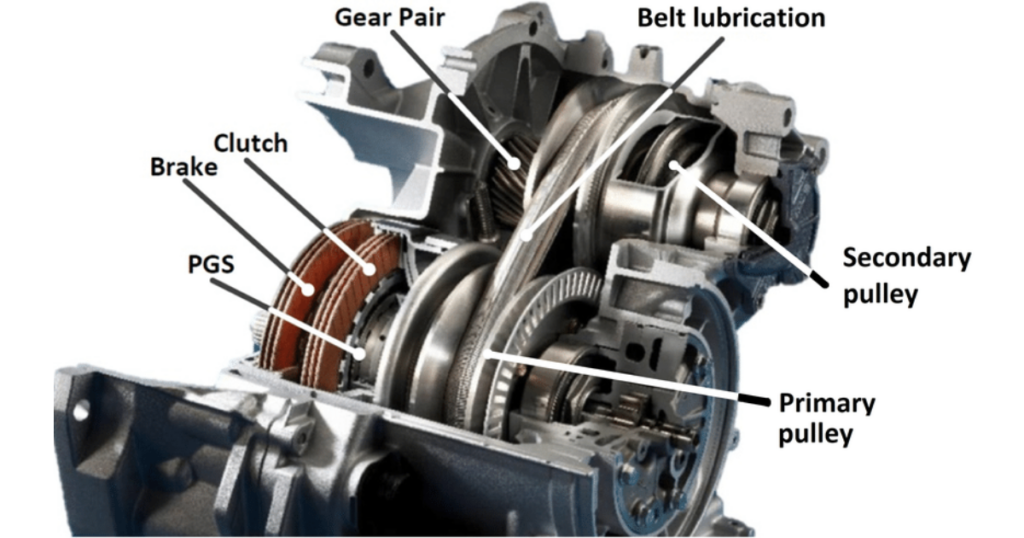
The Continuously Variable Transmission, or CVT, represents a departure from traditional gear systems. Instead of distinct gears, CVTs use a belt and pulley system to provide an infinite range of gear ratios. This results in a smoother acceleration experience, improved fuel efficiency, and reduced engine strain. CVTs are commonly found in many modern vehicles, particularly those emphasizing fuel economy.
Semi-Automatic Transmission
Combining elements of both manual and automatic transmissions, the semi-automatic, or automated manual transmission (AMT), offers a compromise. Drivers can manually shift gears without a clutch pedal, thanks to electronic control systems. This hybrid approach provides the convenience of automatic transmission with the option of manual control when desired, making it a versatile choice for various driving preferences.
Dual-Clutch Transmission (DCT)
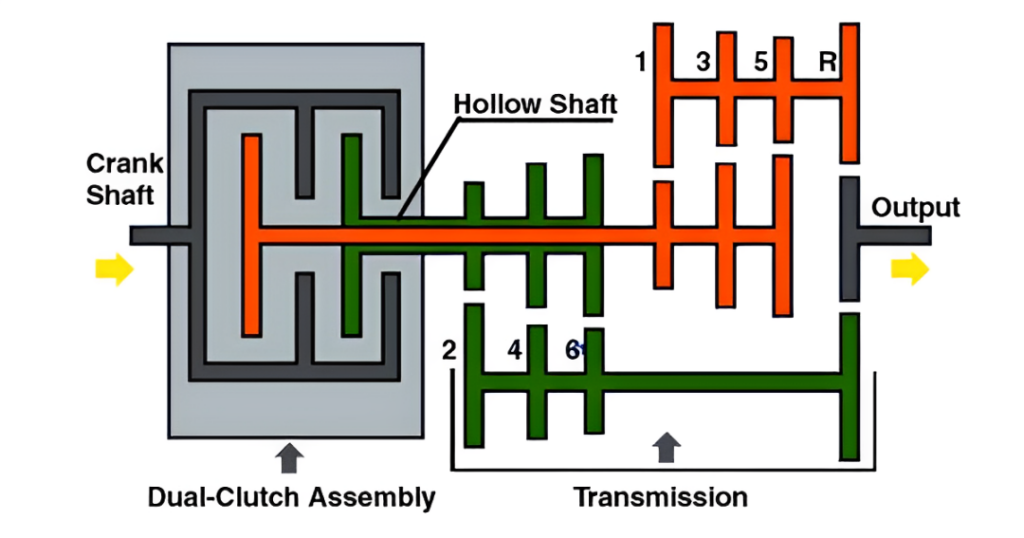
The dual-clutch transmission, a technological marvel, employs two separate clutches for odd and even gears. While driving in one gear, the next gear is pre-selected, enabling lightning-fast gear changes without interrupting power delivery. DCTs are celebrated for their rapid shifts, fuel efficiency, and performance capabilities, often seen in high-performance and sporty vehicles.
Automated Manual Transmission (AMT)
Similar to the semi-automatic system, Automated Manual Transmission (AMT) retains the manual transmission’s essence while automating the clutch and gear-shifting processes. This makes it accessible to drivers who appreciate the familiarity of manual control without the need for constant clutch engagement.
Electronic Continuously Variable Transmission (e-CVT)
As the automotive industry embraces hybrid and electric vehicles, electronic continuously variable transmission (e-CVT) systems play a crucial role. Coupled with electric motors, e-CVTs optimize power delivery and energy efficiency in hybrid and electric cars, offering seamless transitions between electric and internal combustion power.
Hydraulic Automatic Transmission
Some older automatic transmissions, often referred to as hydraulic automatic transmissions, rely on hydraulic fluid pressure for gear changes. While becoming less common, they remain notable for their historical significance and are found in certain classic and vintage vehicles.
Conclusion
The wide range of transmission systems shows how automotive engineering is always changing to meet the needs of all kinds of drivers and driving situations. Each transmission system makes the driving experience we have today special, whether you like the control you have over a manual transmission, the ease of an automatic transmission, or the advanced technology of a CVT or DCT.
As we move from one type of transmission to another, we learn more about the innovations that make our cars move efficiently, precisely, and smoothly.
The learning journey is ongoing. Please watch the video below to enhance your understanding visually.

